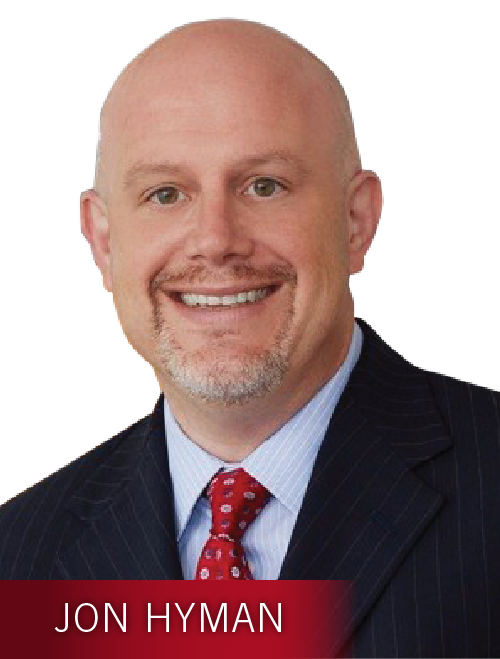A Michigan oral surgery practice has agreed to pay $47,000 to settle an age discrimination lawsuit filed by the EEOC. The agency alleged that it violated the ADEA by maintaining a policy that required employees to retire at at 65. The lawsuit stemmed from the firing of an employee four days after her 65th birthday.
According to Kenneth Bird, regional attorney for the EEOC’s Indianapolis District Office, “December 2017 marked the 50th anniversary of the ADEA, Five decades later, the EEOC remains committed to vigorously enforcing that all-important law. Private employers need to understand that mandatory retirement policies run afoul of the ADEA and will be met with challenge.”
He’s absolutely correct.
In truth, with the exception of a few limited circumstances, mandatory retirement ages are about as close to a slam-dunk case of illegal age discrimination you can find. The exceptions permit — but do not require — mandatory retirement:
- at age 65 of executives or other employees in high, policy-making positions.
- at age 55 for publicly employed firefighters and law enforcement officers.
- 53 percent expect to retire after age 65 or do not plan to retire at all.
- 56 percent plan to work at least part-time in retirement.
- Of those employee who plan to work past age 65, more than three-fourths are motivated by financial reasons or health reasons (such as “being active,” and “keeping my brain alert”).
What steps can employers take to help facilitate the transition of aging employees out of the workplace, without committing age discrimination? Consider the following four suggestions, culled from the tips offered by the Transamerica Center for Retirement Studies):
-
- Help with retirement planning. Offer a retirement plan (to include part-time workers, if feasible). Consider auto-enrolling your employees to increase participation, and escalating contribution rates to increase salary deferrals. Structure matching contributions to promote higher salary deferrals (i.e., 50 percent of the first six percent instead of 100 percent of the first three percent).
- Educate your employees about saving and investing. Any 401(k) provider worthy of your (and your employees’) investment will help with this task. Offer guidance and information on how to calculate a retirement savings goal and on the basic principles of saving and investing. Most importantly, ensure that your employees understand that taking loans and premature withdrawals from their retirement accounts is an absolute sin.
- Offer benefits to enhance employees’ long-term financial security. Consider disability insurance, life insurance, employee assistance programs, workplace wellness and financial wellness programs, long-term care, and other insurances, all of which can help protect employees’ overall financial security as they age.
- Create employment opportunities to assist employees to phase into retirement. Consider offering voluntary flexible work schedules and arrangements, transitions from full-time to part-time, and shifts of aging employees to work in different capacities


I’m confused. Nothing is said in the above article about the employee’s competence in the job. There seems to be an underlying assumption that and increase in age equals a decrease in competency, productivity and contribution to the organization at an older age (above 55 or 65?).
Talent is talent. The focus should be on performance, competence, and contribution. Quite honestly, we have an individual who is 76 old and contributes to our organization at a much higher level than her 28, 32 and 40 year old counterparts (none of which are poor performers). We want this individual to stay and continue to mentor and add a great deal of value to our organization in her current role, not in a lesser role.
BTW, I am not 55 or 65, I am just believe in focusing on contribution and performance instead of age.